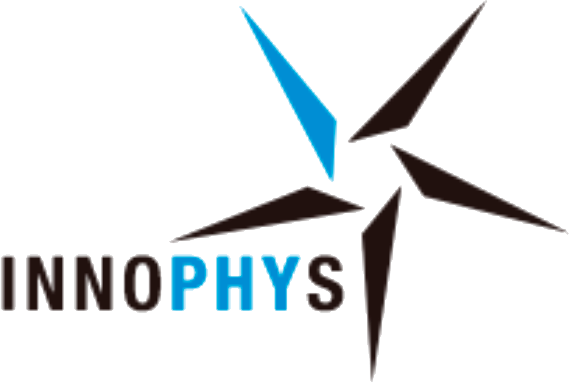Explore your assistive device design ideas during the conceptual state of your design phase by modeling different assistance concepts before beginning virtual prototyping. Investigate if your device concepts reliably meet their biomechanical expectations. Compute internal joint loads, stress redistribution, and compensatory mechanisms inside the human musculoskeletal system, and digitally test and optimize your exoskeleton concepts with the AnyBody Modeling System. Compare with and without exoskeleton assistance concept and define assistive torque requirement and related key exoskeleton specifications.
Examples in modeling assistive device design ideas
- Augment laboratory and field studies with biomechanical analyses.
- Use simulation studies as in-silico evidence of the efficacy and safety of your device.
- Supplement functional and safety portfolio of your device with simulations studies.
- Test your assistive device’s fit and support through population-based simulations.
- Investigate how different mechanical design parameters can affect the user.
- Evaluate changes in the internal body loads (e.g., muscle activities, joint reaction forces, compression forces etc.)
- Simulation-based design of exoskeletons using musculoskeletal analysis
- Modeling and simulation of a lower extremity exoskeleton
- Modeling and simulation of an upper extremity exoskeleton
- Simulation-based design of exoskeletons using musculoskeletal analysis
“The AnyBody Modeling System can simulate trunk muscles that cannot otherwise be measured by normal myoelectricity. In addition, it can calculate joint forces that cannot be captured easily, which makes the software essential for correct estimation of the effect of our exoskeleton. The results and visualizations are additionally used in our promotional videos and has received great feedback from our customers.”
Daigo Orihara, CEO Innophys Co., Ltd.
Tutorials
Webcasts
- An introduction to exoskeleton design using musculoskeletal modeling
- Simulation-Driven Conceptual Design of Exoskeletons
- Biomechanical investigation of a passive upper extremity exoskeleton for manual material handling – A computational parameter study
- Occupational exoskeletons as advanced ergonomic devices – How the AnyBody Modeling System can be applied
- Offline multilevel ergonomic assessment of workplaces with assistive machines
- Introduction to Innophys and their wearable exoskeleton
- Simulations as a tool for human-centered exoskeleton design
- Assistive Devices: Simulating Physiological Performance
Models in AMMR
Selected papers
- Castro MN, Rahman T, Nicholson KF, Rasmussen J, Bai S, Andersen MS (2020), “A Case Study on Designing a Passive Feeding-Assistive Orthosis for Arthrogryposis“, J. Med. Device., vol. 14. [DOI, WWW]
- Castro MN, Rasmussen J, Andersen MS, Bai S (2019), “A compact 3-DOF shoulder mechanism constructed with scissors linkages for exoskeleton applications“, Mechanism and Machine Theory, vol. 132, pp. 264-278. [DOI, WWW]
- Spada S, Ghibaudo L, Carnazzo C, Di Pardo M, Chander DS, Gastaldi L, Cavatorta MP (2019), “Physical and Virtual Assessment of a Passive Exoskeleton“, In: Proceedings of the 20th Congress of the International Ergonomics Association (IEA 2018), pp. 247-257. [DOI]
- Fournier BN, Lemaire ED, Smith AJJ, Doumit M (2018), “Modeling and Simulation of a Lower Extremity Powered Exoskeleton“, IEEE Trans. Neural Syst. Rehabil. Eng., vol. 26, pp. 1596-1603. [DOI]
- Tröster M, Schneider U, Bauernhansl T, Rasmussen J, Andersen MS (2018), “Simulation Framework for Active Upper Limb Exoskeleton Design Optimization Based on Musculoskeletal Modeling“, In: Smart ASSIST, pp. 345-353.
